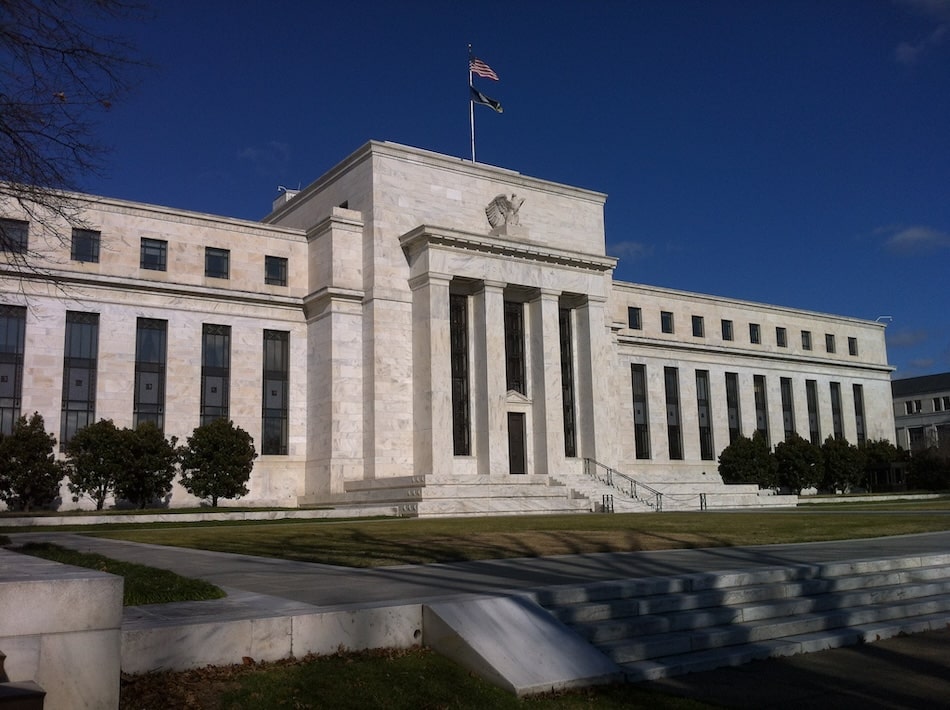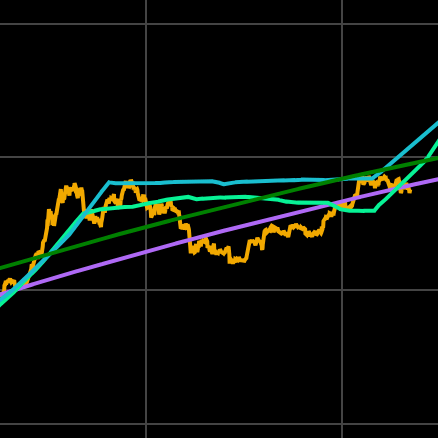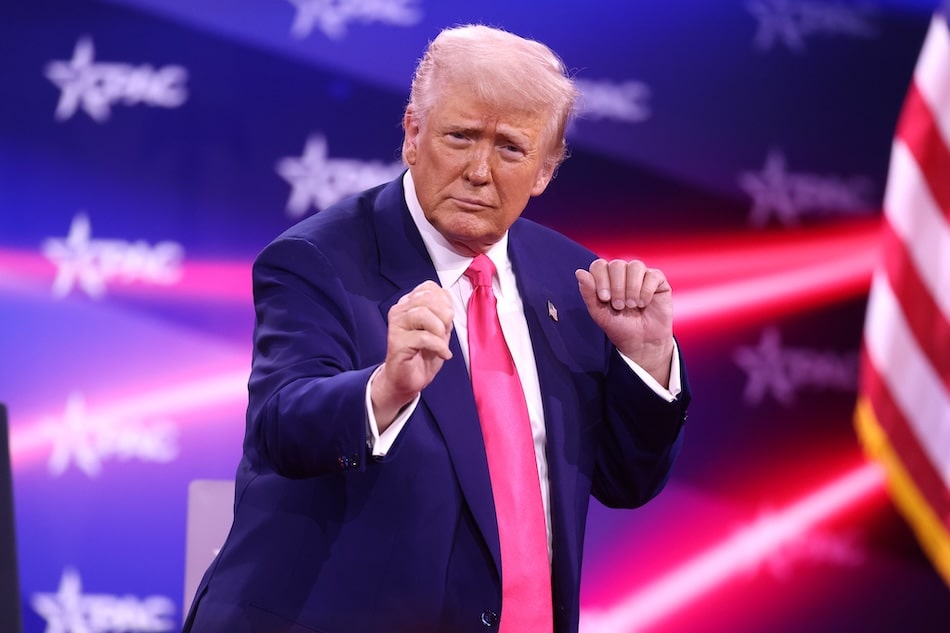
Key Takeaways
- Stablecoin issuers now collectively hold $182.4 billion in US Treasuries, ranking 17th globally.
- Tether and Circle account for the majority of these reserves, with Tether's USDT alone surpassing $125 billion.
- New US and European regulations will further formalize restrictions on reserve asset composition for stablecoins.
Major US dollar stablecoin issuers, including Tether, Circle, First Digital, and Paxos, now hold a combined $182.4 billion in US Treasury securities, according to recent Treasury Department data.
This amount surpasses the Treasury holdings of South Korea and the United Arab Emirates, placing these issuers 17th globally—just below Norway’s $195.9 billion and ahead of Saudi Arabia’s $133.8 billion.
Tether’s USDT leads with over $125 billion in Treasuries, as confirmed by CEO Paolo Ardoino.
Circle’s USDC is backed by $55.2 billion in T-bills and overnight repos.
First Digital’s FDUSD reserves are also primarily held in Treasuries, totaling around $1.3 billion, while Paxos’ PYUSD uses overnight reverse-repo agreements collateralized 97% by Treasuries, supporting roughly $880 million in government debt.
Treasury holdings drive liquidity
Treasury bills are favored by issuers for their daily liquidity and yields above 5%.
Tether’s latest assurance reported that Treasuries, repos, and Treasury-heavy money market funds represented more than 80% of its collateral, contributing to $1 billion in first-quarter profit.
Circle, meanwhile, relies on BlackRock’s Circle Reserve Fund for same-day liquidation to meet redemptions.
Paolo Ardoino commented that stablecoin issuance “creates incremental demand for US debt without relying on the banking system,” emphasizing Tether’s ranking above Germany, the UAE, and Spain.
Regulatory developments
Lawmakers in the US and Europe are moving to restrict stablecoin reserve assets to cash and short-term Treasury securities.
The recently approved GENIUS Act in the US would formalize these limits, while Europe’s MiCA regime already bars commodities for euro-pegged coins. Stablecoin treasurers note these rules match their current investment strategies but warn that overconcentration ties stablecoin liquidity to Federal Reserve funding conditions.




